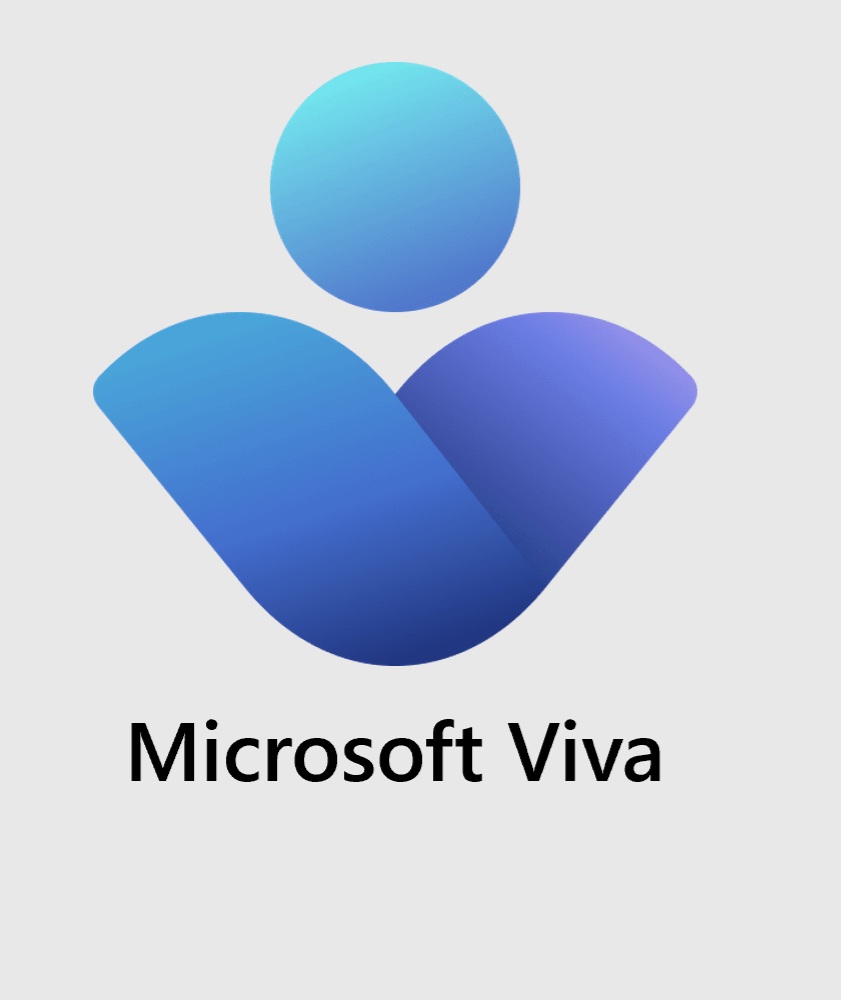by Lisa Merriam
Companies that invest in employer branding gain a competitive edge—not just in attracting top talent, but in strengthening the overall value of their business and the products or services they offer. A strong employer brand enhances how people view a company. And by people, we mean both employees and customers. Once a niche HR concept, employer brands have evolved into a valuable strategic advantage.
What is an employer brand?
An employer brand drives how a company markets itself to potential and current employees. It focuses on what it is like to work at a given company and what an employee gains over and above a paycheck. It encompasses:
- Culture
- Values
- Benefits
- Experience
- Career and growth opportunities
Employer brand advantages
In a tight labor market, particularly for skilled employees in life sciences, tech, manufacturing, and healthcare, a strong employer brand brings a company significant strategic—and practical—advantages.
- Attracts higher quality talent. If your company is seen as a great place to work, it will attract more top job applicants with superior backgrounds and capabilities.
- Lowers recruitment costs. With a strong positive reputation as an employer, people will approach your company directly and existing employees will recommend your company. You won’t have to pay as much to get attention and encourage applicants.
- Improves employee retention. When employees feel valued by your company and believe it aligns with their personal and professional goals, they are more likely to stay and grow with your organization.
- Ups engagement and advocacy. If your company delivers a superior employee brand, workers are likelier to go above and beyond in their jobs, fueled by passion and commitment, not just a paycheck.
- Aligns around business goals. A clear employer brand communicates your company’s mission and values so that employees share your goals, working together to support and advance them.
- Enhances your reputation. A strong employer brand contributes to a strong employee brand. Employee branding is how your workers represent your brand and deliver on its promise through their actions, attitudes, and communications.
Why invest in employer branding now?
An employer brand is not just a tool of HR, but it also conveys value to customers, investors, regulators and industry peers. It is part of why companies are investing in creating and nurturing them. Employer branding pays.
Competition for qualified workers is intensifying. Attracting top talent is more difficult than ever. Companies are investing in training with initiatives such as J&J Learn and BMW’s employee training facility.
Transparency has increased, making it easier for job seekers to discover what it is like to work at any given company. LinkedIn, Indeed, and Glassdoor highlight the good, bad, and the ugly of the workplace experience.
And speaking of experience, work culture matters more than ever. It extends even to minimum wage jobs. In-N-Out Burger has developed a cult following, not just with fast food customers, but also with employees who give high marks to the work culture. Google “Microsoft” and “work-life balance” and you will be inundated with company initiatives like Microsoft Viva.
How do you create an effective employer brand?
Creating an employer brand follows the same process as creating your company brand. It is related to the corporate brand and translates that promise to employees and recruits.
- You’ll want to start your employer branding initiative by assessing your current situation. What experience do you offer now and how do you communicate it?
- Next you will want to understand your audience of current and prospective employees. What do they value? What do they think of you now? What are the gaps?
- Your company doesn’t operate in a vacuum. What are competitive employers offering? How do they message to their employees across touchpoints.
- The next step is to define your value proposition and how your company is special. You will want to align it with your vision and values. And you will especially want to make sure it is something you can truly deliver. If your employee branding is just a logo, a slogan, and some empty messages, it will do more harm than good.
- Once you know what you can stand for and realistically offer, you will want to create a visual brand and messaging around your programs and initiatives. You will activate it to create a comprehensive employee experience.
Presciant has a long track record of creating successful employer brands and employer brand programs. We invite you to explore recent employer branding work with a deep dive into our UL employer brand project.

